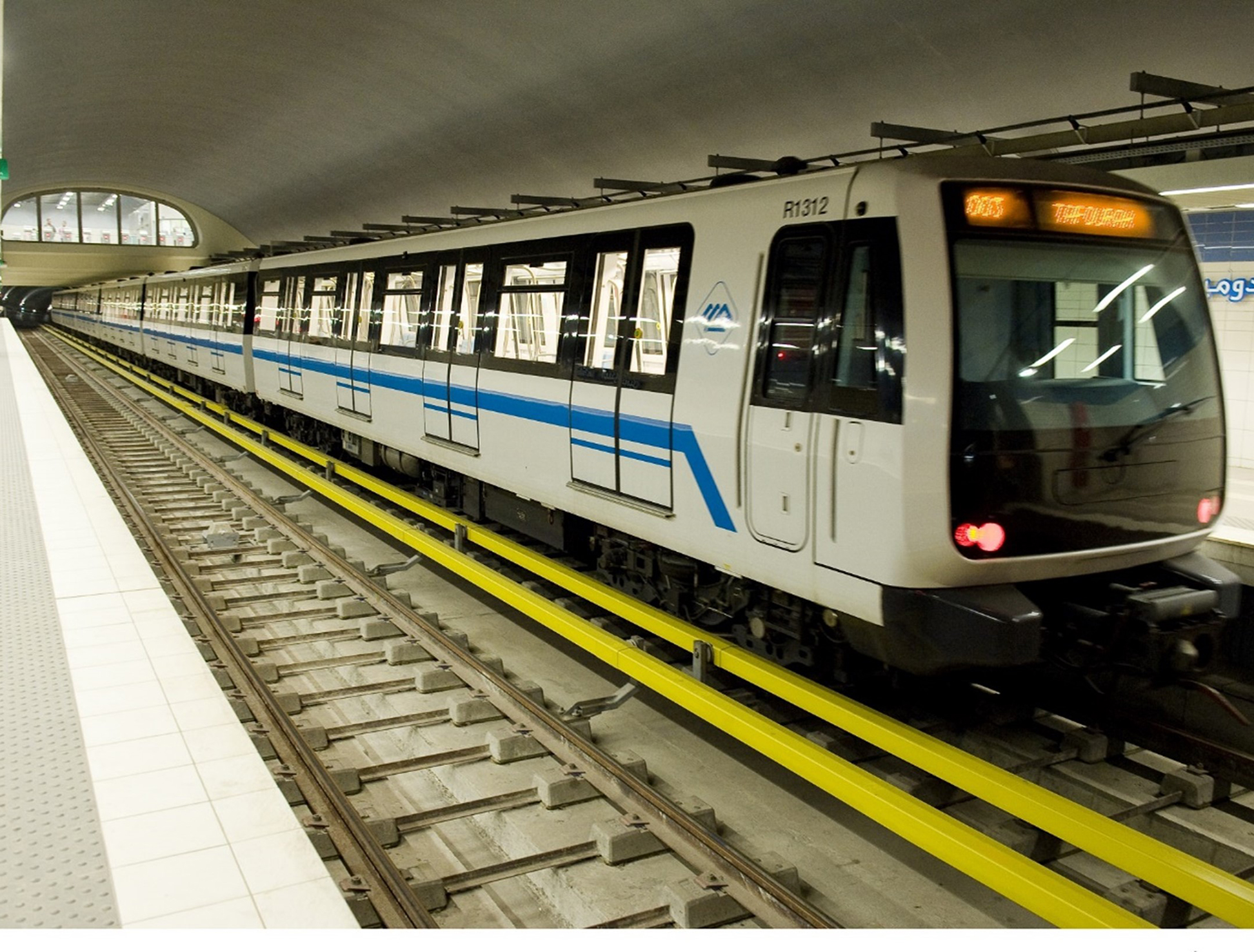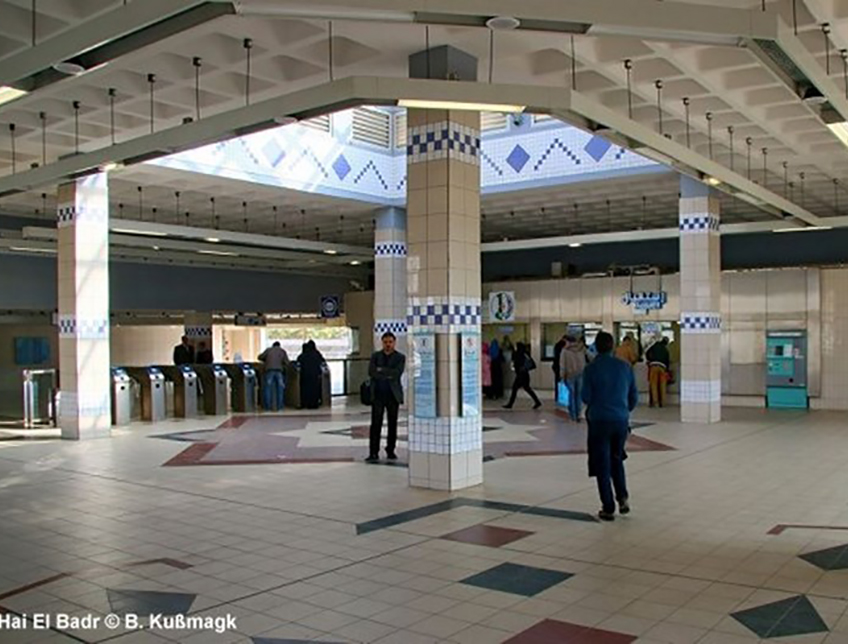
Close
responsive-lightbox domain was triggered too early. This is usually an indicator for some code in the plugin or theme running too early. Translations should be loaded at the init action or later. Please see Debugging in WordPress for more information. (This message was added in version 6.7.0.) in /home/kiju52ce/public_html/development/wp-includes/functions.php on line 6114updraftplus domain was triggered too early. This is usually an indicator for some code in the plugin or theme running too early. Translations should be loaded at the init action or later. Please see Debugging in WordPress for more information. (This message was added in version 6.7.0.) in /home/kiju52ce/public_html/development/wp-includes/functions.php on line 6114
Approach Words: Integrated City, Sustainability, Urban Livability
Public Policy Instruments: Financial Mechanism, Organization, Physical Intervention
The Algiers Metro is Algeria’s first metro system and the second in Africa, following Cairo’s.1 The metro system and the Algiers tramwayi aim to enhance the city’s public transport network, offering a reliable, efficient, and modern transportation option for residents and visitors alike.2 Today, the metro serves three million inhabitants of Algiers, carrying 300,000 passengers daily.3

Title: Algiers Metro map.
Source: Click Here

Title: Algiers Metro.
Source: Click Here

Title: Algeirs Metro station Mer et Soleil.
Source: Click Here

Title: Map Showing Segments of Implementation and Future Expansions of Algiers Metro.
Source: Click Here
The metro project for Algiers was initially proposed in the 1970s as a 64 kilometer network.4 The project was officially launched in 1982, with feasibility studies completed by 1985.5 Construction saw several starts and stops over the years, and it wasn’t until 2006 that the project was relaunched.6 As such, the metro line (Line 1) was implemented in different timeframes and included the following segments:
Construction was executed by a consortium led by Siemens and included VINCI Construction Grands Projets, France, and Construcciones y Auxiliar de Ferrocarriles S.A. (CAF), Spain.11 Siemens was tasked with installing the track, electrification, power supply, fare collection equipment, and the entire signaling and train control system.12 Meanwhile, Vinci was responsible for the civil works, including escalators, tunnel and station ventilation, the control center, and the maintenance depot. Trevi has been involved in the construction of foundations and soil consolidation activities.13
CAF supplied the metro fleet of 14 six-cart trains.14 RATP El Djazaïr was contracted with the operation and maintenance of the Algiers metro when it opened in 2011 till 2020, when operations were re-internalized by the Public Transport Authority.15 The metro’s establishment came at a cost of around $1.2 billion.16
Project Link
Endnotes
References